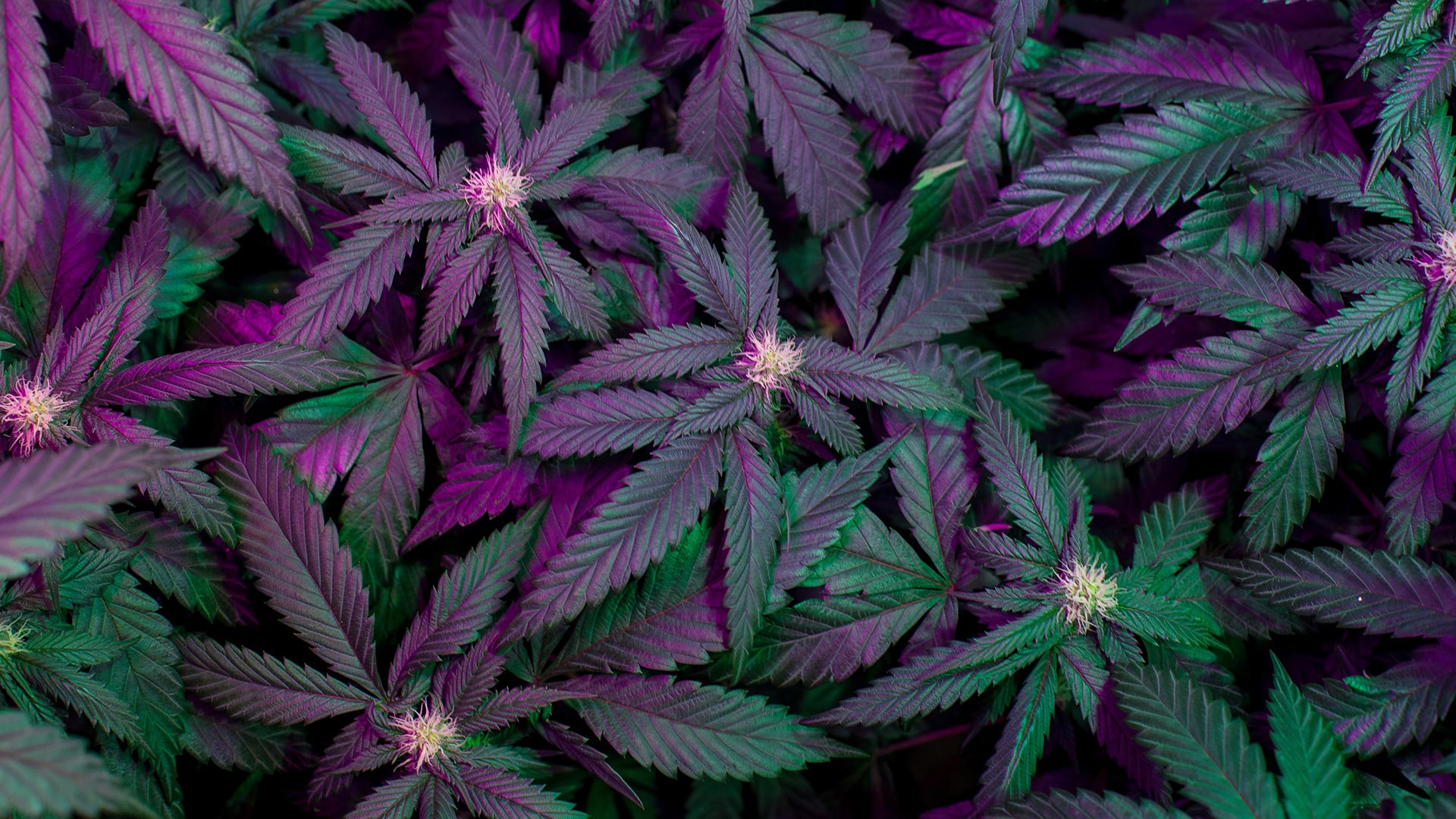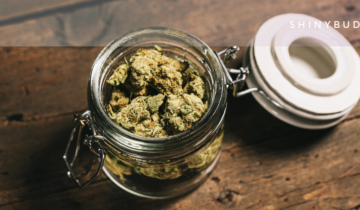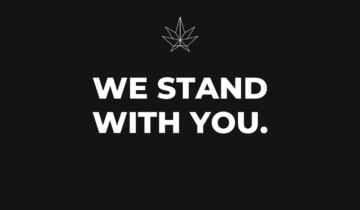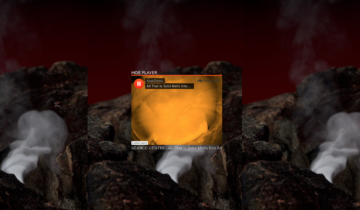How CBD and THC Affect the Body
Walk into any cannabis store today and you’ll find such an abundance of formulations that, to the layperson, it can be a bit overwhelming. Indica this, sativa that; 50% CBD this, THC gummy that… It’s all a lot of jargon to the novice cannabis buyer.
To be sure, there’s quite a bit of science behind growing and producing cannabis products.
Many of the items that consumers buy are the result of exhaustive research, development and testing to ensure that the final product yields the intended results. But buyers shouldn’t be put off by all that. For the average recreational (or medical) user, cannabis isn’t all that complicated. With a basic understanding of the two major chemical components of cannabis — THC and CBD — buyers can make relatively informed decisions about what compound is best for their needs.
The science of cannabis
Talking about weed can get complicated quickly, so let’s break it down: CBD and THC are both cannabinoids. That just means they bind to the same receptors in the body. Scientists have identified two kinds:
— CB1 receptors are found mostly in the brain and near the eye.
— CB2 receptors can be found in the immune system, the gastrointestinal system, and the peripheral nervous system.
THC and CBD aren’t the only cannabinoids out there. In fact, scientists have isolated at least 113 of them in the cannabis plant. There are also numerous synthetic cannabinoids — lab-created molecules that bind to the same receptors in the body that naturally derived cannabinoids do — but these products can be dangerous and are unregulated.
The difference in the effects of THC and CBD arises from how each interacts with the body’s cannabinoid receptors. THC is a partial agonist, meaning that it activates them; whereas CBD is a (weak) antagonist, meaning it actually reduces their activity. It’s that activation of CB1 and CB2 receptors that’s responsible for THC’s famous effects.
CBD: Pain relief and relaxation without the high
The biggest thing for anyone new to cannabis to know is that ingesting CBD does not result in the famous weed high. It’s why even the U.S. government, famous for its draconian anti-cannabis laws, has reclassified CBD as a Schedule V drug, meaning it’s considered to have a low potential for abuse and has accepted medical uses. In 2018 the U.S. FDA even approved the CBD drug Epidiolex for the treatment of epilepsy.
That being said, CBD remains much more mysterious in how it works compared to THC. Scientists have not, thus far, identified a mechanism of action for it, but clinical research is currently being conducted for a variety of conditions including anxiety, movement disorders, and neuropathic pain.
CBD may also be an effective muscle relaxant. Anecdotally, many CBD users find that the drug is an effective way to manage their pain and anxiety without the psychoactive effects of its cousin, THC.
The upshot is that if you’re interested in pot purely for its non-intoxicating properties, you should look for products that are labeled as 100% CBD. For topical use on local areas of pain or “trigger points,” an abundance of CBD creams are also available.
Ancient wisdom, modern science
Cannabis has been used throughout history for a variety of purposes both medical and recreational — not to mention ceremonial. The difference with today’s products is that modern science has allowed us to isolate the individual components of cannabis that produce its multiple effects. As our understanding of cannabis has grown, we’ve uncovered ever more potential uses, allowing us to produce ever better formulations. Now that cannabis is federally legal in Canada, our understanding of the plant and its properties is only sure to expand, hopefully allowing more Canadians — and the world — to take advantage of this ancestral crop.



